The top 10 developments in dental technology in 2017
2017 has been a year of advancements - not in tools themselves, but in how they impact the industry. When we visited the topic of the latest advancements in dentistry for Digital Esthetics earlier this year, the conclusion was that the industry was in a bit of a lull.
When we visited the topic of the latest advancements in dentistry for Digital Esthetics earlier this year, the conclusion was that the industry was in a bit of a lull.
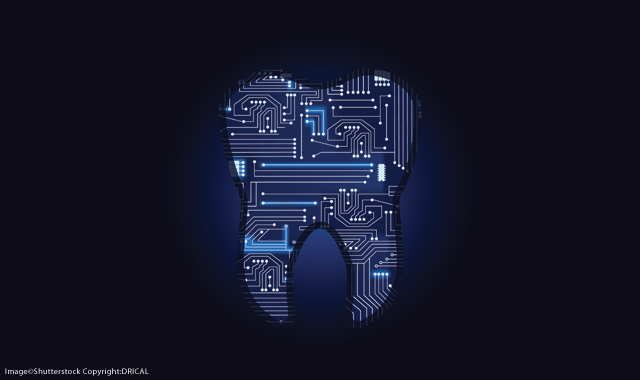
Maybe “lull” is the wrong word. Maybe, instead of a flow of technology, the industry was now in the ebb.
It was a time to take stock of what was available and figure out what pieces to incorporate into the workflow and what pieces could wait. It was a time for professionals to get a solid command of the tools in their arsenal, a time when they were becoming acquainted with their technologies rather than being introduced.
Trending article: 8 emerging technologies that will change the dental laboratory
So it’s no surprise that to ask the question, “What happened this year in tech?” was met with answers that were less about the tools in tech and more about its effects on the industry as a whole.
Continue to the next page to see the top 10 developments of 2017

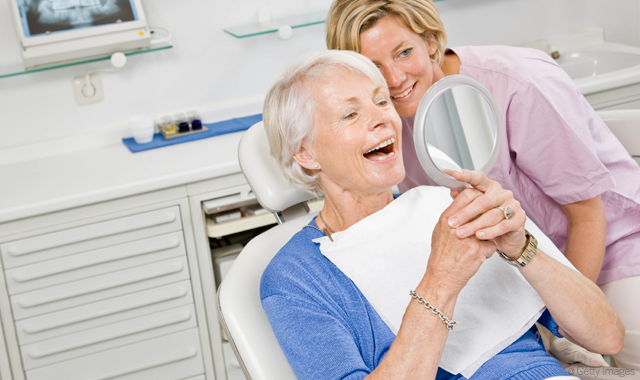
1. The rise of emotional dentistry
When we think of technology, we often think of optimizing processes and analyzing data, but we don’t often think about the effect technology can have on our emotions. But in dentistry, that’s been one of the biggest consequences, according to Jason Atwood, CDT. He says that the biggest thing to happen in dental tech in 2017 was the rise of emotional dentistry.
“What I’m referring to is how digital technology is able to involve the patient from the start by using virtual reality to get an emotional response from the patient so they can envision themselves with their final restorations,” Atwood says. That emotional response is something that can happen at the first appointment.
“With digital photos and virtual mockups and things like that, we’re able to give the patient a much more defined representation of what their final restorations will look like on their face, instead of just on a model,” he says. “It helps the patient become emotionally committed to the outcome, and it’s really what’s going to start driving esthetic dentistry in the future.”
Trending article: Exploring today's digital dental workflow
A major aspect of emotional dentistry is that patients can now choose and try on different smiles to find the one that fits. This is in stark contrast to the traditional process.
“The traditional way, most of the decisions were left up to the doctor,” he says. “You’d get impressions taken and they’d be sent off to the lab. Then the doctor and the lab would discuss a diagnostic wax-up. The lab would send it back to the dentist, who’d show the patient a model and ask if it looked nice and the patient would say yes or no. There wasn’t a lot of input from the patient.”
He says they could sometimes make small adjustments for the patient, or even do an occasional remake. “But looking at waxed teeth on a model does not help the patient visualize how their face is going to look with those teeth,” Atwood says.
Trending article: 5 new workflows that are now possible
With today’s technology, patients can see their new smile on their face before any work has been done.
“With a digital photo and some virtual design software, a doctor is able to let their patient ‘try on’ different smiles until they find one that fits,” he says. “There is even an option now to have a ‘donor smile,’ where the patient can choose someone else’s smile.” Take, for instance, a case Atwood was recently a part of in which a mother was able to point to her daughter’s smile as a source of inspiration for her restorative work. He says it made her feel as if she’d gone back in time 30 years.
“That’s why it’s emotional dentistry,” he says. “It’s not just ‘make it function’ anymore. It’s much more of a personal connection. This is a benefit for the doctor; the patient feels connected to the outcome because they were involved in the decision making. The result is a happy patient every time.”


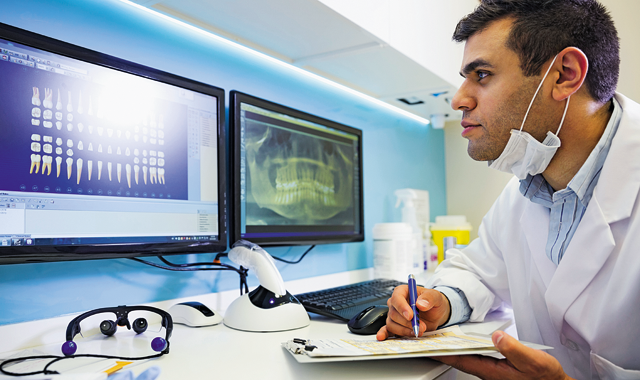
2. An increased role of imaging in smile design
Certain technologies play a huge role in emotional dentistry, like video.
“Video is currently used to gather information for the design team,” Atwood says. “It is helpful for designing the right smile for the patient because observing the patient in casual conversation shows things like how much of their teeth are seen while they speak and how much light reflects off of their teeth.
Trending article: 25 tools that improve the restorative workflow
“There is a lot of virtual smile software available out there now because there has been an explosion of offerings on the market,” he continues. “One that is used a lot is DSD, or Digital Smile Design. They’re one of the leaders in this area. They have a comprehensive, cloud-based software that the doctor can use and work with designers from around the world who help them to create these smile designs and then show them in their offices to all of these patients.”


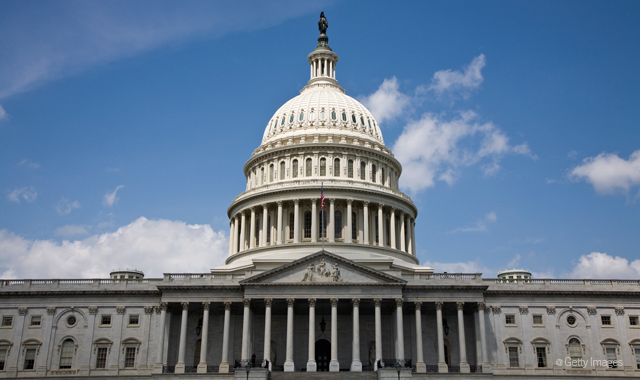
3. Regulatory involvement in dental labs by the FDA
Mark Ferguson, general manager of Vulcan Custom Dental in Birmingham, Alabama, says that one of the biggest things to affect dental tech this year is a stronger FDA presence, specifically in dental labs and particularly in regards to implant dentistry.
“In my experience, the FDA’s involvement was strong this year,” he says. “There were FDA audits on a number of dental laboratories, which was almost unheard of in the past.”
Trending article: What Trump, China and cheap crowns mean for U.S. dental laboratories
Ferguson asserts that this wasn’t because of new rules that had been put in place. The real reason is that enforcement of those rules has changed, thanks in part to the digitizing of implants.
“Implant abutments are considered a medical device,” he says. “To produce and manufacture a custom abutment from a CAD/CAM workflow, the facility would have to be registered with the FDA as a medical device manufacturer or a contract manufacturer. In the past, with UCLA abutments or through grinding down stock abutments, that’s never been the case. If a lab is manufacturing CAD/CAM abutments, they would have to be registered as a medical device manufacturer or a contract manufacturer for a company creating the blanks.”
Trending article: The hidden danger of the gray market
Ferguson thinks it’s imperative that dental professionals research where they’re getting their abutments made.
“It’s important for people who are manufacturing CAD/CAM abutments to make sure that they have everything in line,” he says. And it’s not just for custom abutments. The same goes for surgical guides.
“If you’re printing a surgical guide, you should be registered with the FDA as a medical device manufacturer,” he says. “For labs that are doing that that aren’t registered, they put not only that surgical guide business in jeopardy, but their entire lab in jeopardy. To get the entire lab shut down because of an extra product that you’re not even making much money on is a risk that labs shouldn’t be taking.”



4. Labs are just one part of an entire manufacturing network
“The first big trend that I think is evident is that labs are becoming a part of the process of building a restoration - they’re not the whole thing,” says Jeffrey Noles, CEO of LabStar, a company that provides cloud-based software for dental labs.
“It’s rare to go to a lab and have them do everything for you. Instead, the lab is either going to be additive later on for somebody else, or they may be sending parts of the restoration out to other vendors. So you’re part of a network now.”
Trending article: What digital dentistry means for implants
He says the implication of that is that labs need to be smart about the products and services they sell and the technology they buy. To do that, they need to be open and ask the right questions. Questions like, “As part of a network manufacturing landscape where you are a part of the process and not all of the process, how do you buy your technology? How do you offer services that aren’t going to tie you in? How do you train your lab techs?”
Asking these questions will help position labs to be more successful, but they need to be addressed sooner rather than later.
“Labs need to find their part in the network that builds restorations right now, especially small labs that are going to survive,” he says. “Technology is a tricky thing: you can get stuck. It’s like buying a car versus leasing a car. For a business, it only makes sense to lease. The decisions you’re making now: are they going to limit your success in being part of the manufacturing network of the future?”
Trending article: 5 surprising ways digital tools can boost your abilities
That said, labs should still focus on having a team of solid technicians. “You’ve got to stay on the cutting edge and treat people well, and you’ve still got to have all the master techs and certified dental techs to work with these cases,” says Shaun Keating, CDT, lab owner of Keating Dental Arts in Irvine, CA. “The computers can’t do it all. You’ve got to have knowledge. You’ve got to know a lot when it comes to teeth. You can’t just put it in a computer and expect it to pop it out and send it out. There’s a lot to it.”


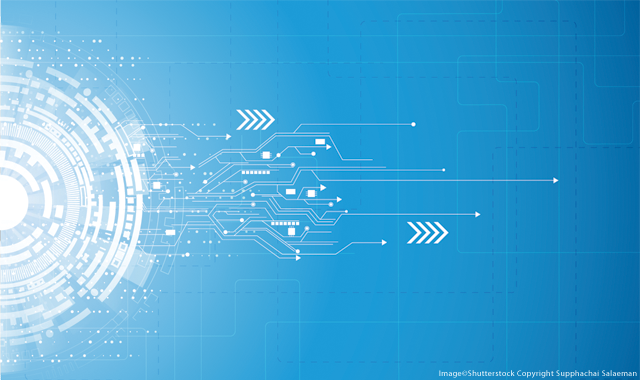
5. The sharing economy
The second part, Noles says, is how labs are integrating their purchases and technologies into what they plan to do in the future.
“The sharing economy is a huge advantage for dental labs,” he says. “Number one, you can buy software as a service at a lower monthly cost than buying the software outright. Also, are you leasing machines? What kind of leasing agreements can you get? Do you buy a scanner or a milling machine? How are you financing or leasing your ovens? How are you getting your supplies?”
Trending article: The state of dental implants in 2017
Despite financing more in the lab, Noles says the sharing economy will be better for the lab’s cash flow. “And certainly better for the economic health of your business, if you’re doing it right.”



6. Reputation management
The third most important thing that happened in tech this year for the dental industry, according to Noles, is that reputation management and the lab’s online presence is easier to control than ever. That’s good news for small labs like Keatings’. He knows how hard it is to market his practice to dentists.
“I always thought we had the best monolithic on the market, it’s just that a lot of dentists don’t know about us,” Keating says. “It’s amazing how hard it is to get to a dentist as a dental lab. It’s hard for the smaller labs to get their information out to a dentist. At trade shows, as a dental lab, you really don’t have anything to give a dentist other than information. You’re not selling anything. And most doctors aren’t going to a convention to look at a dental lab. So, you have to have the best products and the best service and people start to find you.
“Reputation management is so important, and not enough labs are doing it,” he adds.
Trending article: 10 reasons to be thankful for your lab's customers
To incorporate that aspect of lab management into his own business, Noles has started working with a startup called LabWorthy, an online platform that collects customer reviews for labs and allows them to be found by dentists.
“They also give you something called net promoter score surveys, or NPS,” he says. “There is clearly a body of data that shows NPS can make a difference in a few different ways.”
NPS surveys group your customers into three categories depending on how they rate your business: 0-6 scorers are called “detractors,” 7-8 scorers “passives,” and 9-10 scorers “promoters” - that is, customers who are satisfied, loyal partners. The kind of customers who will be responsible for your business’s referrals.
“This company basically gives dental labs the survey and then you can get real-time data on how to improve the performance of your lab, or get real-time data so you can grow your business,” Noles says. “So, it’s this thing that’s not new, but is very new and innovative for the dental lab industry, which usually lags behind in this stuff. This is an example of harnessing the power of online reviews and reputation management that dental labs should be using. This is a tool they can use now.”


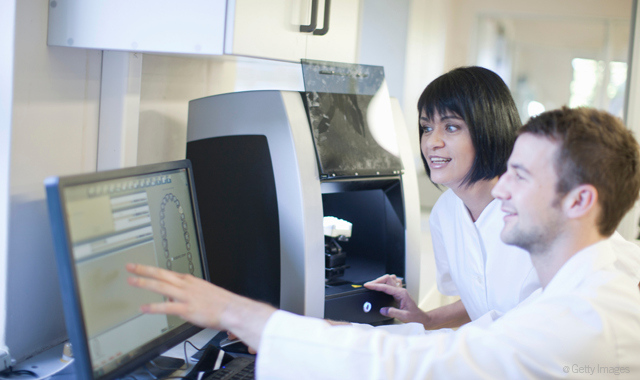
7. Digital impressions
We have more and more doctors sending us digital impressions with the different products out there,” Keating says. “For us, it’s just crazy how we went from a couple a week to hundreds now.”
Keating is amazed at the changes in the industry. As someone who was used to getting impressions and pouring them up, casting alloy and opaquing, he was always a bit uncomfortable with the shift to digital. But for him and his lab, it was far beyond time to dump analog.
Trending article: Are digital impressions REALLY the better choice?
“And a lot of that is going to the wayside,” he says. “I see it’s going more digital as we go forward.”
Keating knows that digital impressions have been around for years, but it wasn’t until the last year that he really saw a difference in his own lab.
“I think more of our doctors are embracing it,” he says. “For years, I’ve been telling my doctors to hold off. I wasn’t very excited about digital. But it really made the systems more predictable and the dentists are getting better with it. Digital impressions have been huge for us this year, and it’s just a neat thing to see the quality and consistency that we’re getting from the restorations that we’re making and hear the feedback we’re getting from our doctors - they’re getting blown away.
“When we make restorations, there’s nothing worse than when you have occlusion that’s off and the doctor has to grind on your restoration to get it to fit. I always say it’s like buying a new car and having to smash the bumpers to get it into the garage. I don’t want the dentist to have to re-polish it. I want my crown to have little to no adjustment. Digital impressions are just amazing. So, 2017 has really taken off for us at my lab as the year of the digital revolution.”



8. 3D printing technology
Another established technology that’s become more prevalent this year is 3D printing. According to Ferguson, it has exploded.
“With some of the less expensive 3D printers that are available now, they’re affordable for most dental labs,” he says. “The idea of digitizing complete workflows is becoming more of a reality for some labs that haven’t wanted to go as digital. It’s really exciting.
“People are developing workflows where they print a solid model and then individual dies, which is working really well. The fit of those two pieces isn’t as reassuring with a stone model.
Trending article: 7 ways 3D printing is changing everything
“A lot of how we handle models in the lab is going to be determined by the rate at which doctors get intraoral scanners,” he continues. “There are very few that I speak to that have no interest in intraoral scanning. The one stumbling block that a lot of doctors have is that they don’t want to invest in a technology that will be obsolete in a year. They think that if they wait a year, things will be drastically better.”
To that, Ferguson says, he asks what they’re looking to see improve. Because with the accuracy and convenience of 3D printing, the only question dentists should ask themselves is when is the right time for them to buy.
“None of this is a hardware upgrade waiting until next year,” he says. “It’s just a determination of when it’s right for you to purchase. It’s like looking at a cell phone. Will the next iPhone be better? Yes, but the iPhone that you bought last year is not obsolete.”
Trending article: Why the future looks bright for 3D printing
3D printing will take off even more once the FDA approves 3D printing materials for long-term use in the mouth such as the REPLICATE Tooth by Natural Dental Implants AG, a tooth that was unveiled at the International Dental Show in Cologne this year.
The REPLICATE Tooth looks much like a natural tooth, only the root is titanium. The zirconia abutment is fused on top, resulting in a beautiful restoration that offers a more immediate and less-invasive option, as it can be manufactured to fit into the patient’s current tooth socket. Circumventing the need to drill, the REPLICATE Tooth could potentially result in faster treatment and healing times. The company is awaiting approval by the FDA, at which point we could see it as a potential treatment option in the U.S.


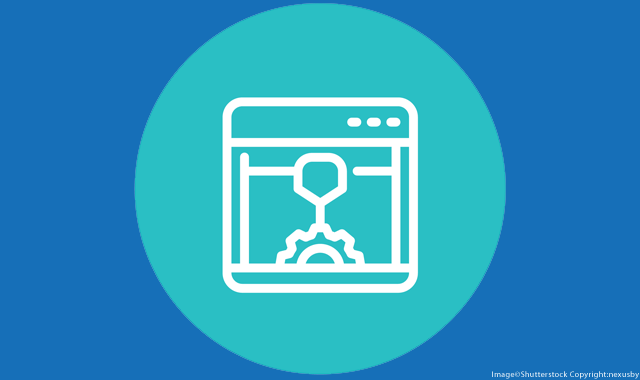
9. Chairside dentistry
There were some amazing products announced at IDS this year, including the Form 2 desktop printer (possibly the most advanced desktop 3D printer so far) and the PrograMill One milling machine. These two particularly impressive examples are proof that, when it comes to tech in dentistry, it’s only getting better. Advancements in this arena rely on creating and getting FDA approval for the right kinds of printable materials for long-term use in the mouth.
Related reading: The truth about chairside dentistry


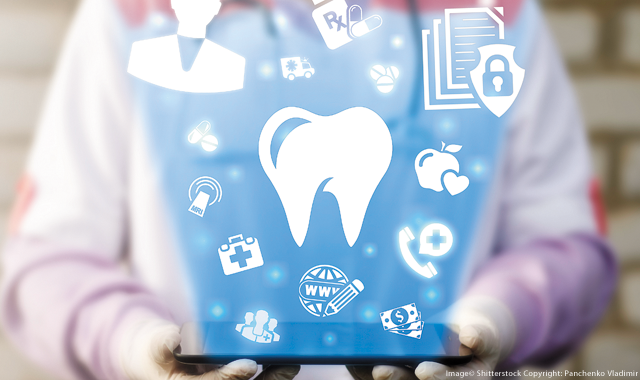
10. Augmented reality
Augmented reality hasn’t quite taken off yet in dentistry, but it is something that we have to talk about here, because it is going to have a profound effect on the way patients understand treatment potentials.
Trending article: Why artificial intelligence is the future of dentistry
“We saw some signs of that at IDS, but I think it will be moreso,” says Parag Kachalia, DDS. “From a true planning and diagnostics standpoint, and presenting information to patients, it really shows them the end picture before you ever get started. Two-thirds of people learn through visual communication versus auditory or tactile, and so that visual role has not been in healthcare from an education standpoint in the past. We used it from a diagnostics standpoint, but I think we’re bridging the gap so patients can understand what’s happening. A big part of understanding relies on them seeing value in their practitioner and not seeing it as a commodity. They start to see a rationale for picking a practitioner: someone who can truly educate them versus just handing them some words on a sheet. It’s taking informed consent beyond, ‘Here’s some text’ to an actual visual standpoint of what’s happening.” Talk about emotional dentistry.
